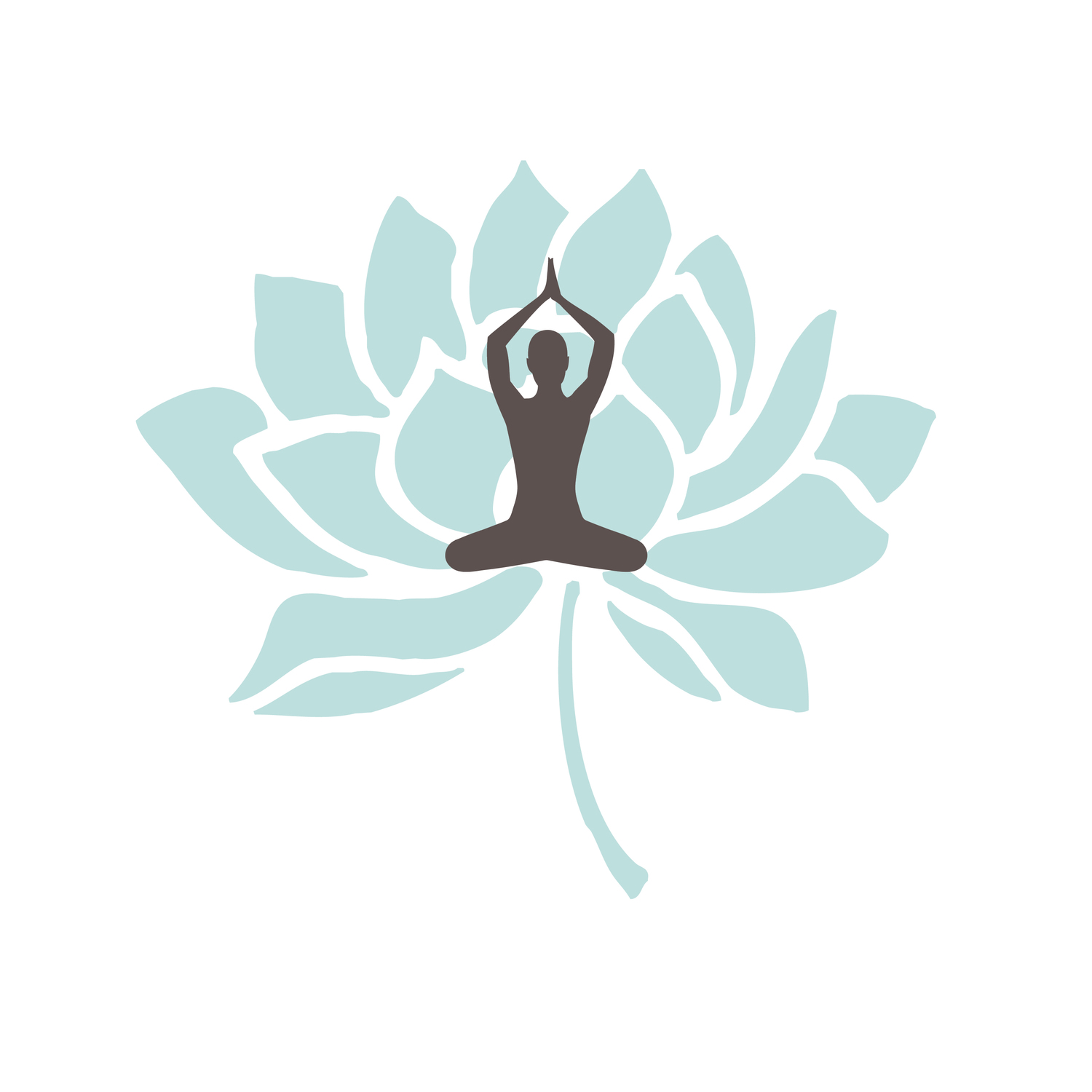During our “working vacation” (is that an oxymoron or what?), we did a book event at the Boulder Book Store. Two of our children are recent Denver transplants, and we were delighted when our daughter, son-in-law, son and grandson came to support us.
Among the points we stress in our presentations is that yoga’s guiding principles are ultimately pragmatic, and we share ideas with people in the audience around creating personal practices that are useful at work.
The next day we were preparing for a family dinner with Sonnet and Chris, our daughter and son-in-law. Chris had just returned from a long day at Elevation Cycles, where he works. I asked how his day went. “Fantastic,” he said. “I had a fantastic day.”
“Well, that’s a good report,” I said. “What made the day so great?”
He revealed that using a meditation technique we had talked about during our book event helped him deliver outstanding service to a customer who presented some challenges.
Chris is passionate about cycling, and hence, bicycles. His shop is in a city that boasts one of the highest fitness levels in the country, and many of the customers who wander in are familiar with cycling and have ideas about what they’re looking for.
This day he was helping a woman with a speech impediment that made it difficult for him to understand what she was saying. She was overweight and wanted to start cycling as a path to fitness, but had no clue about what she wanted or how she should start. As he worked with her, Chris used breathing and the unobtrusive meditation practice to stay present to her needs and remind himself to be patient and compassionate. It was slow going, but together they chose an affordable bicycle that suited her needs. She left the shop happy with her purchase and excited about her plans to ride her way to better health.
The meditation practice Chris used came from our friend and fellow Berrett-Koehler author Noah Blumenthal (Be the Hero: Three Ways to Overcome Challenges in Work and in Life ). We began using it, and found it so useful that we included it in Yoga Wisdom at Work. It’s short, simple, and yields immediate benefits that grow stronger with practice. Only a few seconds at a time are required. Here is how it works:
- Deep inhale through the nose
- Scan your body for stress, consciously relaxing any place you are holding tension
- Silently say a focus word or intention (Chris used the word “patience”)
- Release your breath, again through the nose
- Smile
The technique is based on neuroscience. The idea is to connect a desired intention or behavior with breathing, body awareness, and a positive mood. (The smile is important!) Repetition is key, since each experience fires neurons in your brain that eventually “rewire” it in a way that creates good habits around your intention. Noah suggests doing the technique 20-30 times a day. He uses a phone app that gives him a quiet signal every 15 minutes. Because it’s so quick and unobtrusive, he can do it even if he’s on the phone or working with clients.
We were tickled that Chris chose to employ the technique we described, and even happier that it helped him transform a potentially aggravating situation into a “fantastic” experience for him and his customer. Plus, it gave us one more story to tell about the usefulness of yoga wisdom at work.

